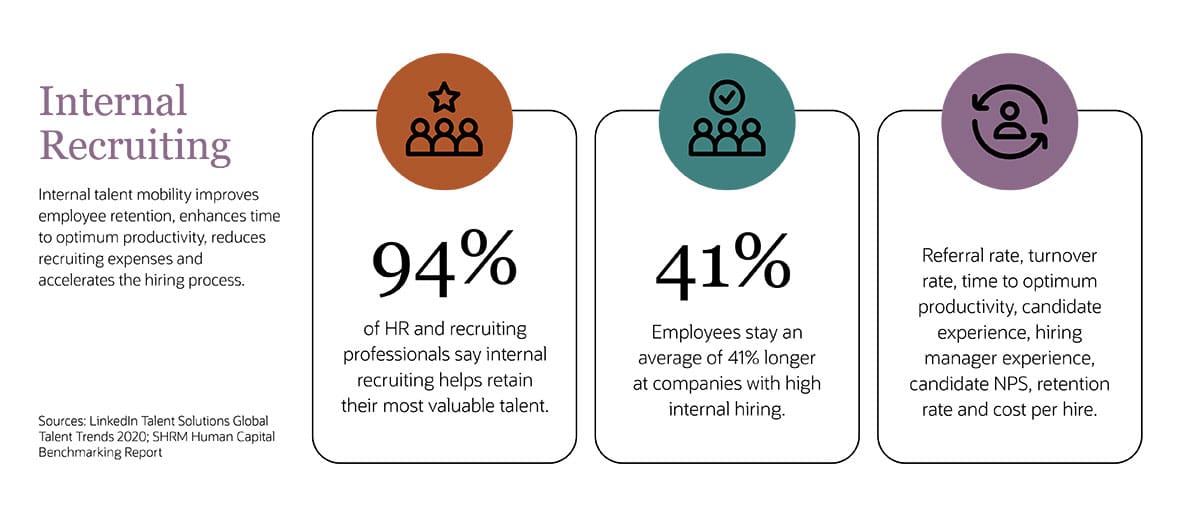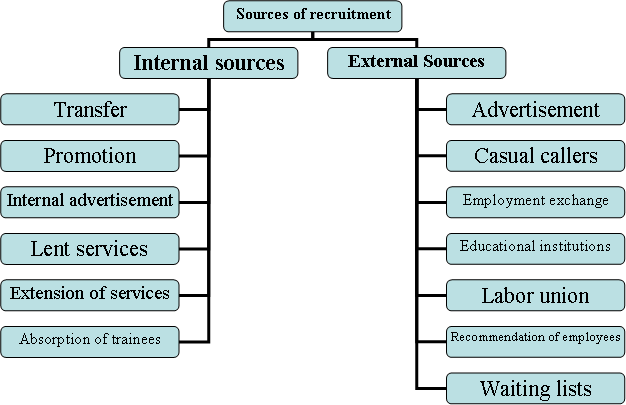" Understanding the Pros and Cons of Various Recruitment Approaches: Internal and External Recruiting Methods"
As businesses work to draw in and keep the greatest talent in order to meet their goals, recruitment is a crucial component of human resource management. Internal and external techniques are the two main strategies for hiring; each has pros and cons of its own. In order to assist organisations in making wise judgements on their search for the best people, we will examine the nuances of these strategies in this post, including their advantages and disadvantages.
- Cost-effectiveness: Since internal hiring eliminates the need for advertising and hiring agency expenses, it is typically less expensive than external hiring. Because internal candidates are already acquainted with the company's procedures and culture, the organisation also saves money on induction and training expenses.
- Faster On-boarding: When compared to external candidates, internal recruits frequently experience a shorter on-boarding time. Because they are already acquainted with the organisation's structure, policies, and practices, they can transition into their new jobs more rapidly and make a positive impact on the success of the firm earlier.
As suggested by Noe et al. (2017) in "Human Resource Management," the familiarity of internal hires with organisational dynamics accelerates the on-boarding process.
- Impact on Motivation: Hiring internally has the potential to increase staff morale and motivation. A pleasant work environment is created when employees see prospects for growth inside the firm. This encourages them to make investments in their professional development and help the company succeed.
 Source: LinkedIn Talent Solution Global Talent Trends 2020; SHRM Human Capital Bench-marking Report
Source: LinkedIn Talent Solution Global Talent Trends 2020; SHRM Human Capital Bench-marking Report
However, internal recruitment also has its drawbacks:
- Limited Talent Pool: The variety of perspectives and skill sets within the company may be reduced if internal hiring is the only strategy used. This can obstruct creativity and the introduction of novel concepts and methods for tackling issues.
- Inbreeding of Ideas: If employees are hired exclusively from within, the workforce may become homogeneous, which could result in a stagnation of viewpoints and ideas. Diverse perspectives are essential for the development and flexibility of organisations.
- Challenges with succession planning: Although internal hiring is appropriate for certain jobs, it might not always produce the best candidates for specialised or higher-level positions. In order to guarantee a talent pipeline for senior roles, succession planning becomes essential.
External Hiring:
The process of finding candidates from outside the company is known as external recruitment. This can be done directly through applications, job boards, or recruitment firms. The following are advantages of hiring externally:
- Access to a Broad Talent Pool: Hiring people from outside the company exposes you to a wider range of perspectives, experiences, and skill sets. Within the organisation, this diversity may foster greater creativity and innovation.
- New Ideas and Perspectives: Bringing in outsiders can help the company embrace new ideas and perspectives. When trying to overcome obstacles or adjust to changes in the industry, this is especially helpful.
As highlighted by Cascio (2018), the infusion of fresh perspectives from external hires can drive organizational growth and adaptability.
- Quick Acquisition of Skills: Hires from outside the company can have knowledge and expertise that isn't easily found in the current staff. This may result in quick fixes for specific issues, increasing the organization's efficacy as a whole.
But there are drawbacks to hiring externally as well:
- Higher Costs: Due to advertising, agency fees, and onboarding expenses, external recruitment is frequently more expensive than internal approaches. Additionally, there's a chance that the adjustment time would take longer as new hires get acclimated to the procedures and culture of the organisation.
- Uncertain Cultural Fit: It can be difficult to determine how well external applicants fit into your culture. Incompatible work styles and values might cause integration problems and possibly upset team dynamics.
- Decreased Job Satisfaction and Morale among Current Employees: Regular hiring from outside without giving internal staff opportunities might cause current employees' job satisfaction and morale to decline. They might believe there aren't many prospects for promotion, which would increase turnover.
Conclusion
There are benefits and drawbacks to both internal and external recruitment strategies. It is imperative for organisations to meticulously evaluate their unique requirements, enduring objectives, and the characteristics of the roles they seek to staff. The best course of action may be to take a balanced approach that incorporates both techniques, utilising the diversity and creativity that external candidates can offer while preserving the advantages of internal promotion. Recruitment success comes from knowing the subtleties of each strategy and adjusting tactics to fit organisational goals.
Reference
Brown, J.N. (). The complete guide to recruitment : a step-by-step
approach to selecting, assessing and hiring the right people. Philadelphia,
PA: Kogan Page.
Compton, R.L., Morrissey, W.J. and Nankervis, A.R. (2009). Effective
recruitment & selection practices. North Ryde, N.S.W.: Cch Australia.
DeVaro, J. (2020). Internal Hiring Or External Recruitment.
Dr.N. Sree Rajani (n.d.). A STUDY ON RECRUITMENT STRATEGIES IN IT
COMPANIES. Lulu.com.
Florian Wuttke (2009). E-recruitment vs. traditional recruitment.
Grin Verlag.
Hayes, P. (2013). The benefits and challenges of leveraging social
media recruitment practices. GRIN Verlag.
Ioannis Nikolaou and Oostrom, J.K. (2015). Employee recruitment,
selection, and assessment : contemporary issues for theory and practice.
New York: Psychology Press.
Khanh Pham-Gia (2009). Talent Management: Recruitment Methodologies -
an Overview. GRIN Verlag.
Noe, R.A. (2017). Human resource management : gaining a competitive
advantage. New York, Ny: Mcgraw-Hill Education.
Picardi, C.A. (2019). Recruitment and Selection. SAGE
Publications.
Pritchard, C.W. (2007). 101 strategies for recruiting success : Where,
when, and how to find the right people every time. New York: American
Management Association.
Ronel Kleynhans (2009). Human resource management : fresh perspectives.
Cape Town: Pearson/Prentice Hall South Africa.
Styka, T., Konitzer, A. and Richards, M. (2014). Ethics and Internal
Hiring. ICMA Publishing.



Comments
Post a Comment